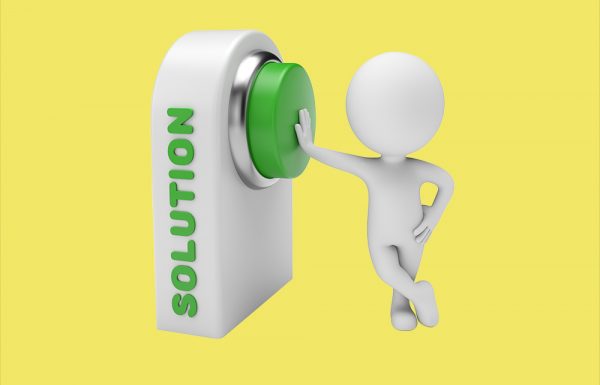Retail Pop-up Budgets Made Easy (OK, Easier.)

Clients often ask, “What will a retail pop-up cost us?” I usually answer, “As long as a piece of string.” Which is why I generally am not allowed to talk to the numbers guys about the retail pop-up budget.
(BTW, my second answer, spoken all Zen-like, is, “A piece of string is twice as long as half its length.” See. I can do math.)
Developing a realistic, detailed, workable retail pop-up budget is a critical early step in the pop-up process. It is second only to determining your objective (and is as important as exploring your big idea). Because clear and disciplined thought on the front-end will lessen headaches on opening day.
A retail pop-up budget can be complicated, As a result, it is best approached in three phases:
- Categorize general expenses
- Determine detailed costs
- Explore contingencies
An effective retail pop-up budget begins with deciding upon those larger areas that will house line-itemed expenses. Therefore, think of these categories as tent poles supporting the budget.
First, ask some basic questions:
- Physical space. Raw or turnkey? Specialty-build? Mobile?
- Space creation. Source? Design? Build?
- Inventory management. Onsite? Delivered? Warehoused?
- Staff. Sales associates? Brand ambassadors? Performers?
- Legalities. Permits? Fees? Insurance?
- Technology. POS? WiFi? Social media elements? VR activations?
Map out your basic pop-up needs, and then break them into categories. The retail pop-up budget begins to take form as these major cost groups are fleshed out.
So, let’s look at some standard general expense categories in a retail pop-up budget:
- Rent/Construction (20-30%)
- Utilities/Fees (5%)
- Staffing (10-15%)
- Shop Fittings & Décor (10-15%)
- Build-out crew (5%)
- Technology (10%)
- WiFi
- Alarm
- POS
- Services (10%)
- Sanitation
- Warehouse & Deliveries
- Shipping/storage
- Marketing collateral (5%)
- Insurance (<5%)
Also, plan for the unplanned.
It is, of course, impossible to predict every expense. It is also inevitable that things will deviate from plan. So consider contingency costs.
Remember that moving quickly creates challenges, and challenges create new expenses. Consider projecting 20% over costs to cover any overtime or extra expenses. Generally the tighter a project timeline, the higher the contingency budget should be.
Next time, we’ll continue our conversation about the retail pop-up budget with a look at how to determine detailed costs.